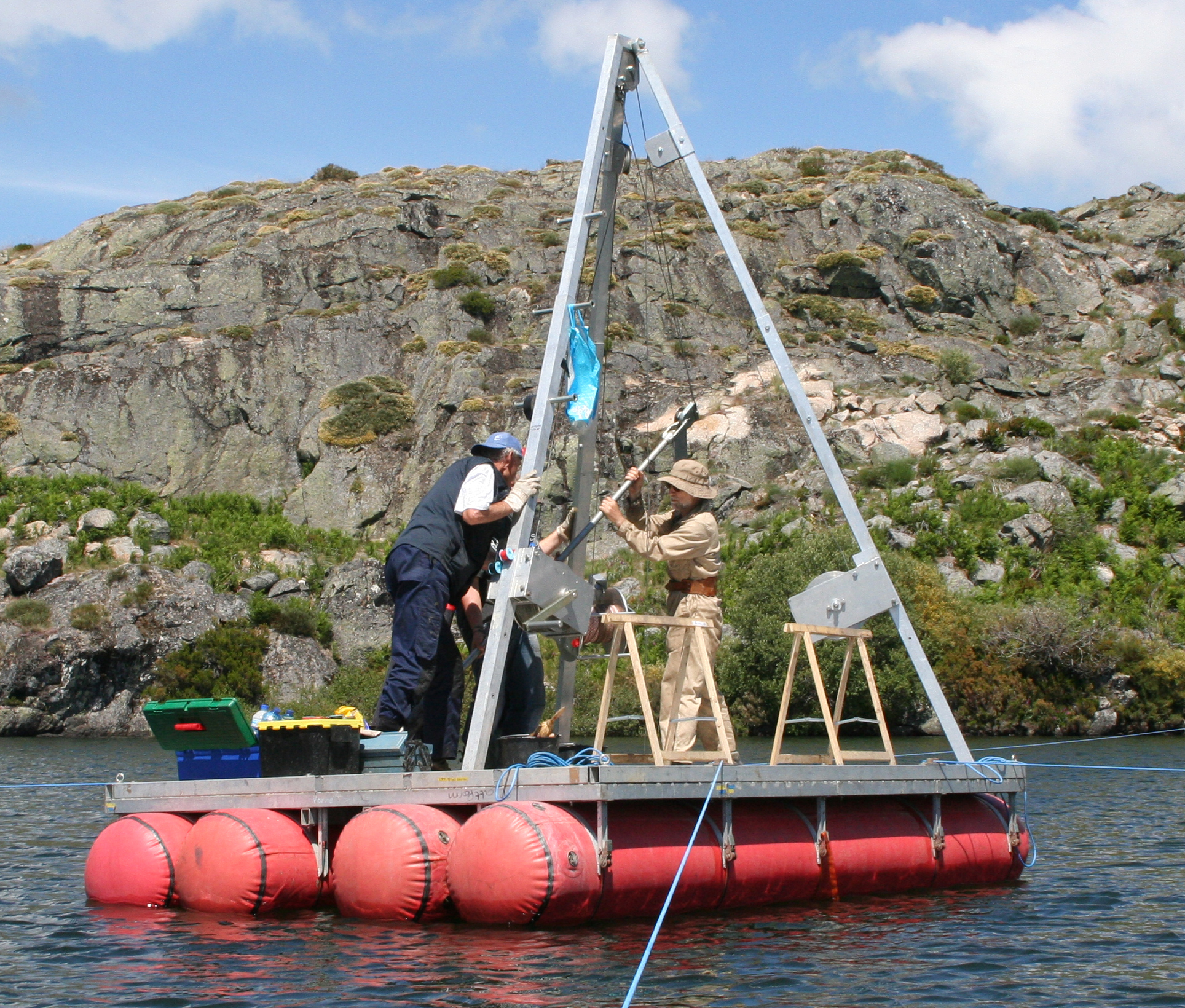Bern study rehabilitates climate models
With new methods of reconstruction, climate researchers in Bern have been able to demonstrate that some 9,000 to 5,000 years ago, the Mediterranean climate was considerably warmer than previous studies had suggested. Among other things, previous concerns regarding the reliability of climate models could thus be dispelled.
Climate reconstructions are necessary because reliable measurement data are only available for the last 150 years. For this reason, research on past climate change uses so-called ‘proxies’. These are indicators with which it is possible to reconstruct temperatures in the past. A widespread reconstruction method examines pollen which is embedded in lake sediments. From the composition of this pollen, it is possible to determine the plant species which occurred at a particular location in the past – and since the temperatures that the individual species require are also known, it is possible to reconstruct the temperature conditions for the period in question.
It is on the analysis of pollen – including from silver fir trees in Italy – that the only previously available quantitative summer temperature reconstructions for the northern Mediterranean region were based on. These suggested that the mid-Holocene (9,000 to 5,000 years ago) had been an exceptionally cold period. However, it is also possible to examine past climate using models. In contrast to the pollen analyses, model-based simulations indicated that summer temperatures should have been warmer during this period.
This presented climate researchers with a puzzle: why do the reconstructions of the summer temperatures for the northern Mediterranean region in the mid-Holocene period clearly contradict the results from the climate models? «The two results diverged so clearly», explains Oliver Heiri, a Paleoecologist and one of the authors of the Bern study, «that they made some of our colleagues question the reliability of climate models for regions such as the Mediterranean.» Different research groups at the Oeschger Centre for Climate Change Research at the University of Bern have now been able to solve the puzzle, however. Their research has been published in the journal «Nature Geosciences».
Interdisciplinary collaboration led to the solution
The researchers at Bern demonstrate that the results from further methods of reconstruction agree very well with the climate models. Ultimately, the past distribution of important species of pollen-generating plants had not only been determined by temperature, but also by other factors such as moisture levels, early forms of agriculture and fire. If pollen from silver fir trees is discovered in the layers of sediment for example, this does not necessarily indicate that it was cold. This finding is based on an alternative method of reconstruction which Oliver Heiri and his colleagues applied to this time interval for the first time in the Mediterranean region. The researchers examined past shifts in the abundance of indicative groups of midges (Chironomidae) based on analyses of their fossils in sediment cores from two lakes in the Apennines.
Further researchers at Bern were then able to show that the climate conditions in the Apennines are representative for a large part of the northern Mediterranean region. They also demonstrated the plausibility of the new temperature reconstruction in terms of the results of the models. «It is only discussions between researchers from differing disciplines which enabled new hypotheses to be developed and examined in detail», explains Oliver Heiri, before highlighting that «the Oeschger Centre is predestined for this kind of collaboration.»
The new findings on the past climate of the Mediterranean area do not mean, however, that pollen-based reconstructions should be questioned in general. Oliver Heiri emphasizes that the method remains useful in other geographical regions, and especially for other periods. «Our work clearly shows the importance of developing new methods for climate research though.» The Paleoecologist explains that this enables existing knowledge to be examined and new research questions to be formulated.
Publication details:Stéphanie Samartin, Oliver Heiri, Fortunat Joos, Hans Renssen, Jörg Franke, Stefan Brönnimann and Willy Tinner: Warm Mediterranean mid-Holocene summers inferred from fossil midge assemblages, Nature Geoscience, 06.02.2017, doi: 10.1038/NGEO2891 |
2017/02/06


